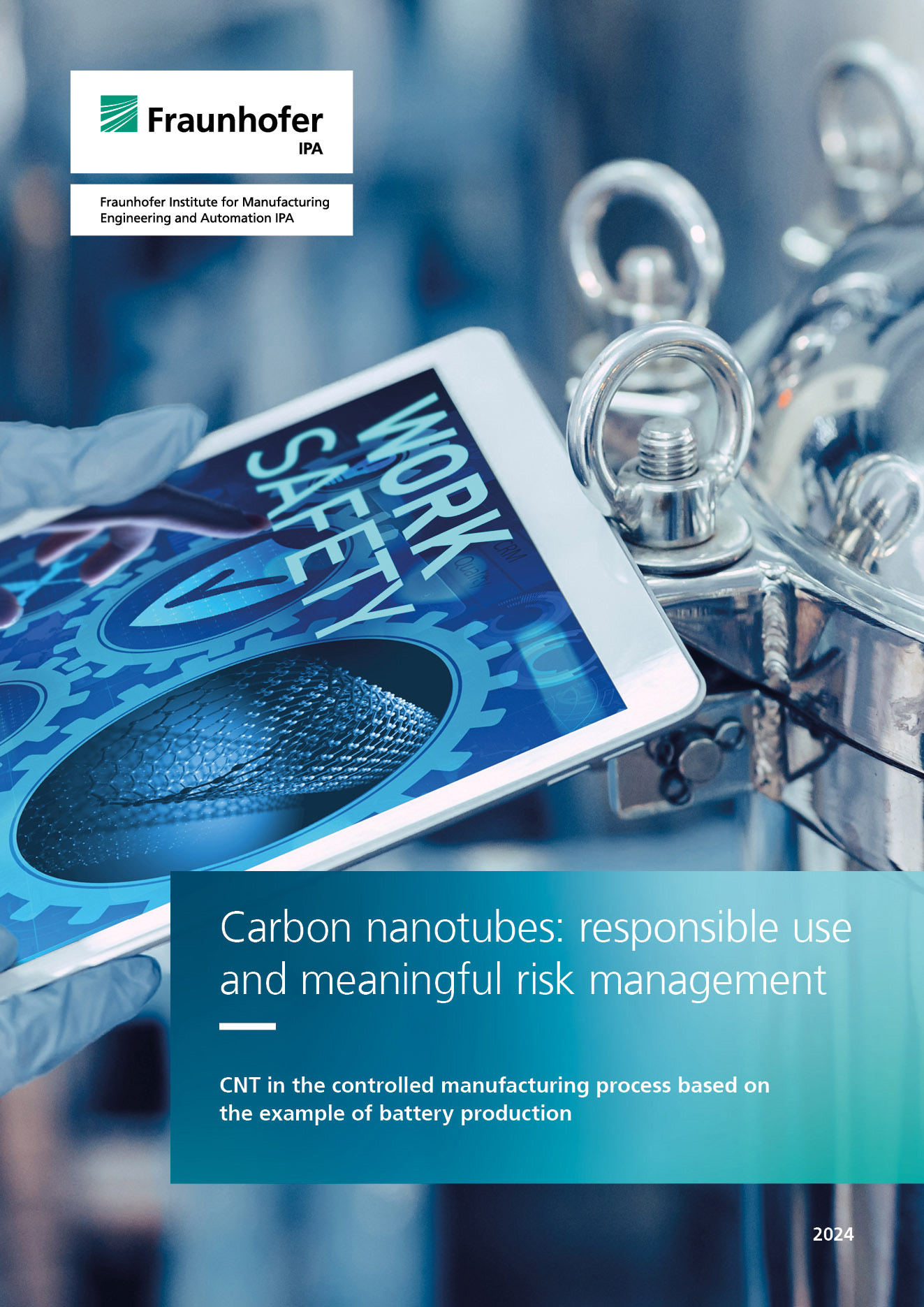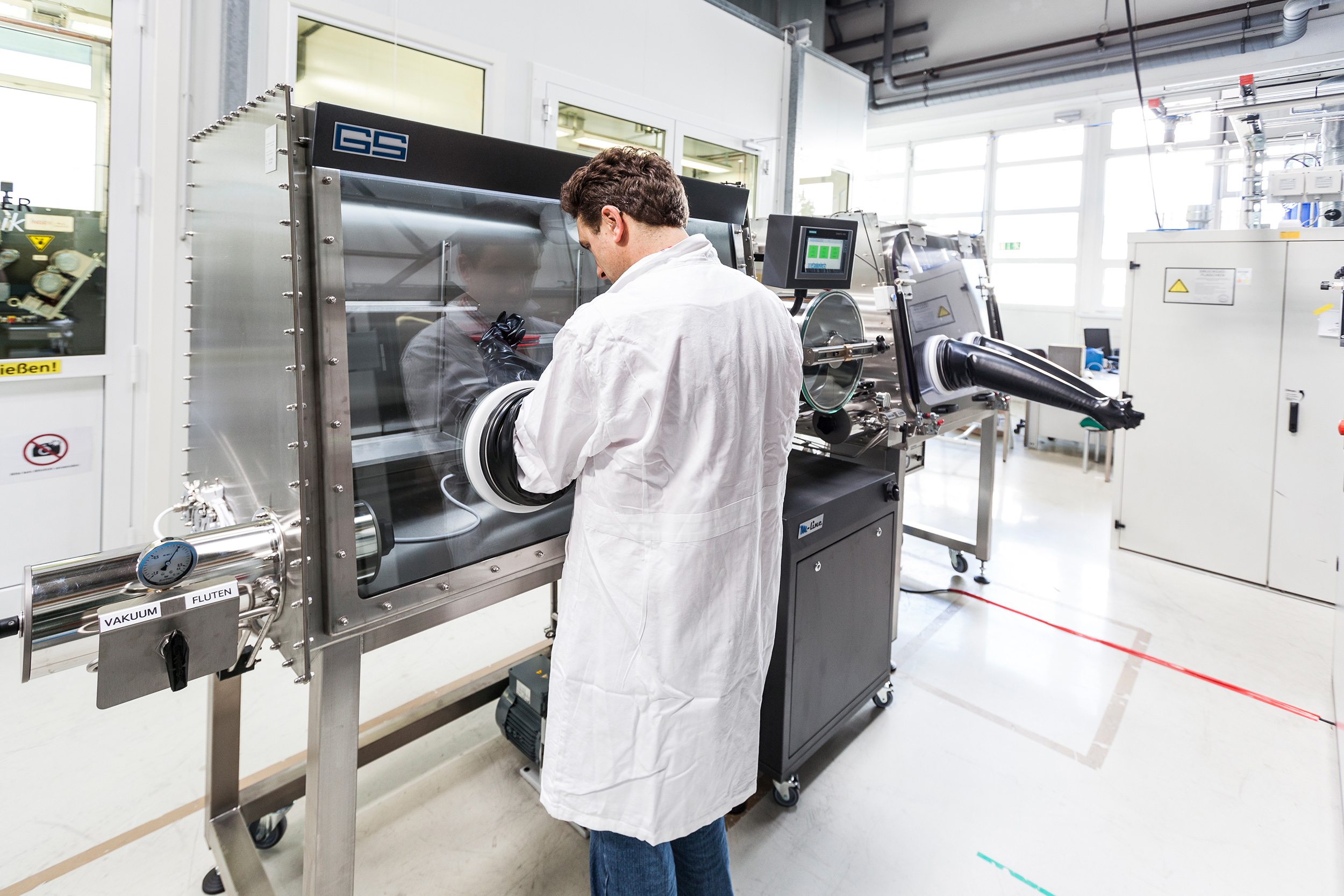Opportunities and risks of CNT: clearly presented
So are carbon nanotubes a blessing or a curse? This question is difficult to answer for many decision-makers, as the available publications are usually only comprehensible to specialists. “Information on toxicity, hazard potential and risk assessment must also be understandable for non-experts,” emphasizes Ivica Kolaric, head of department at Fraunhofer IPA. Researchers at Fraunhofer IPA have now filled this gap together with various other experts. In their white paper “Carbon nanotubes: responsible use and sensible risk management – CNT in the controlled manufacturing process using the example of battery production”, they shed light on the potential of nanotubes as well as the critical aspects.
“Whether the opportunities outweigh the risks depends on both the production conditions and the subsequent use,” summarizes Kolaric. “In round-the-clock productions that involve only a few process steps and can be easily automated, the risk is acceptable and the use of nanotubes can definitely be worthwhile.” Take batteries, for example: As today’s batteries already contain materials such as cobalt and nickel, which are significantly more dangerous than carbon nanotubes, the acute hazard potential from CNTs is similar or even lower than with the materials already in use. However, the situation is different for children’s toys – where the risk of contact with humans predominates – and for multi-variant productions, where automation would be difficult and the cost of safety precautions would be far too high. The researchers’ main focus in the white paper is on pragmatic solutions for the use of CNTs: on the one hand, occupational safety is an absolute must and on the other, it is becoming increasingly important for Europe not to lose touch with Asian markets when it comes to energy storage.


